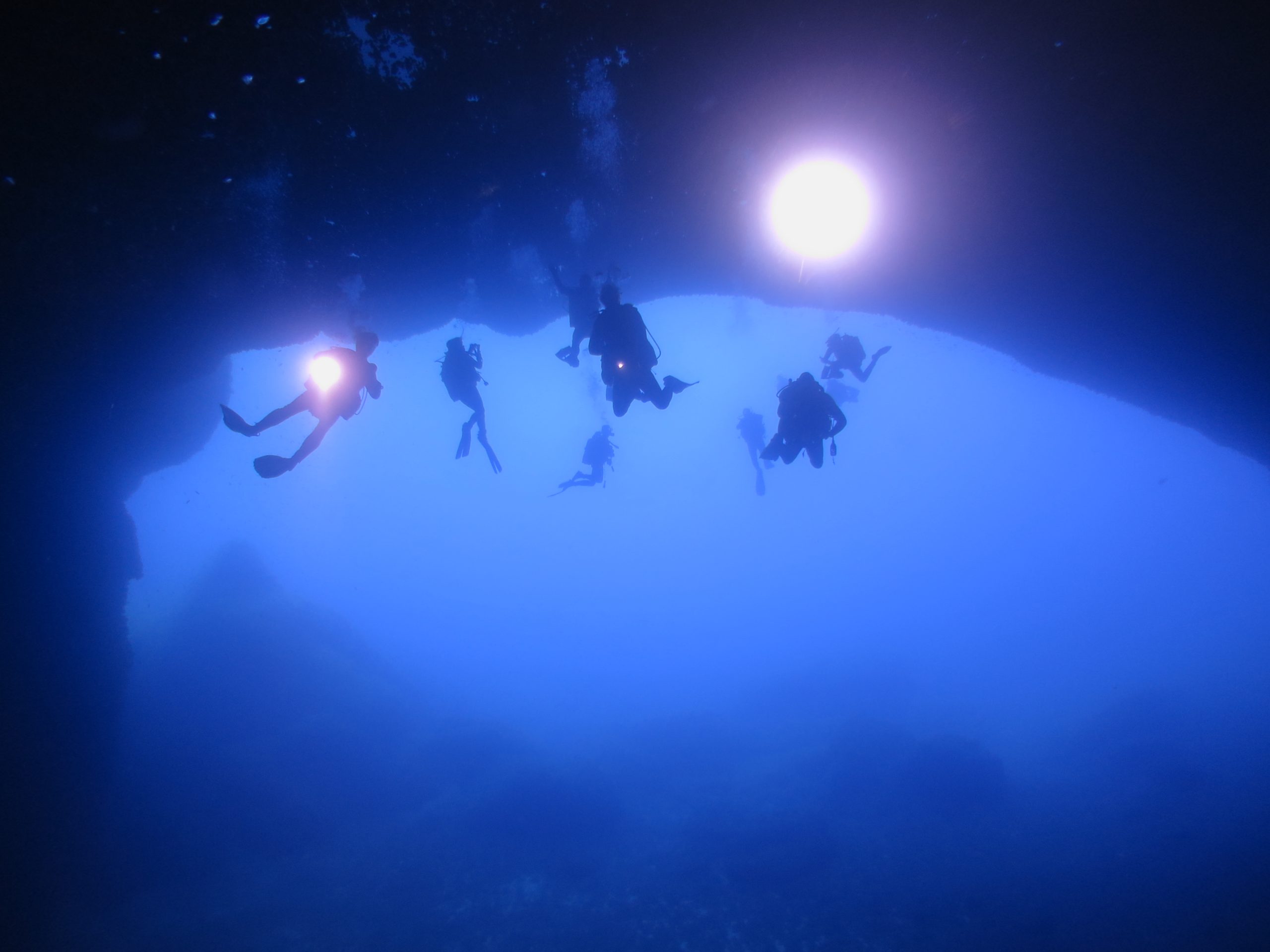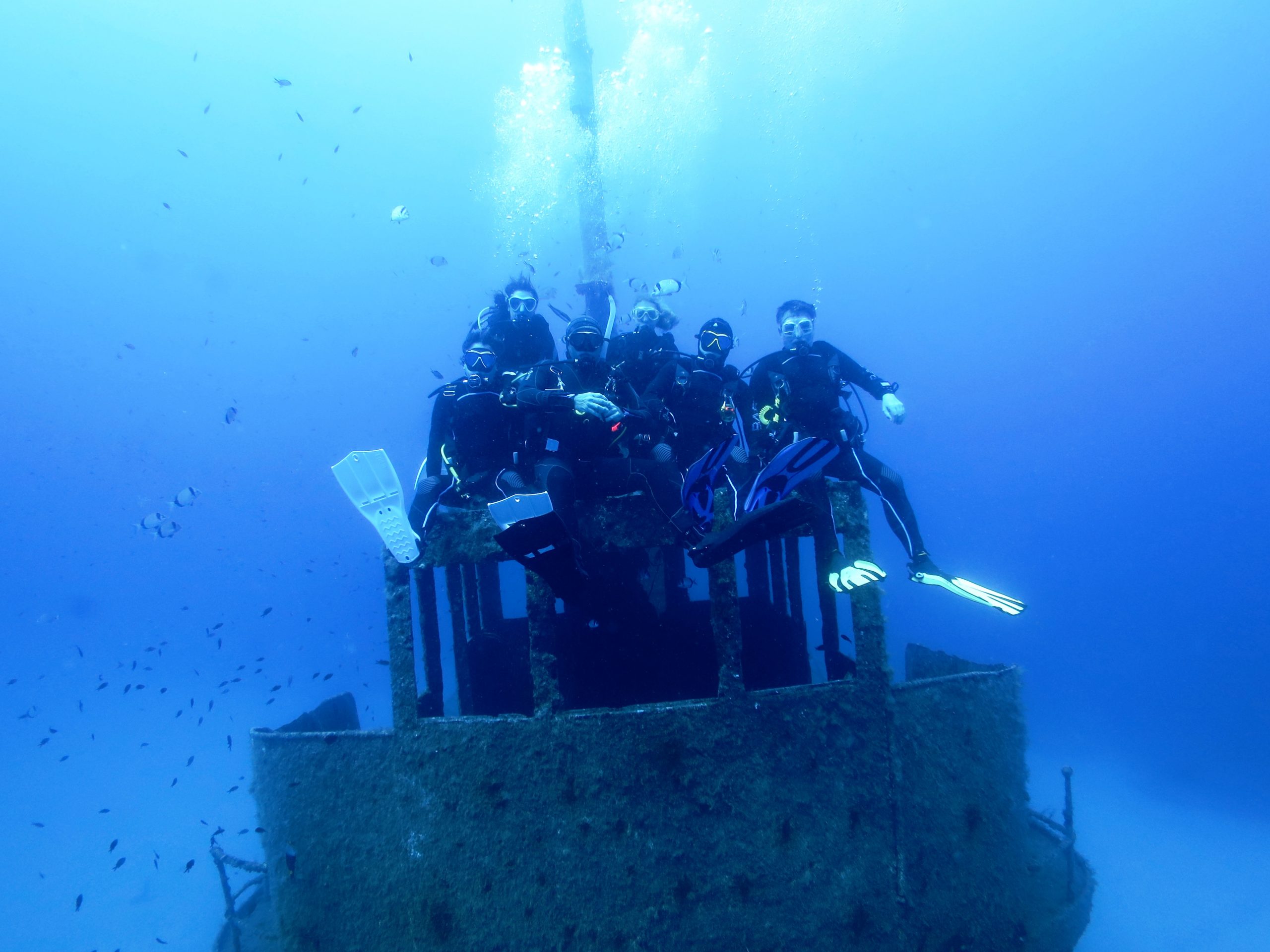Everything You Need to Know About Diving in Malta and Gozo
Everything You Need to Know About Diving in Malta
If you’re planning your first scuba diving holiday to Malta and Gozo, you’re in for a treat. With warm waters, excellent visibility, and some of the best wreck diving in the Mediterranean, this little island nation has earned its reputation as a diver’s paradise. But before you pack your bags and jump on the plane, there are a few essentials you’ll want to know to make your trip smooth, safe, and unforgettable.
👉 Browse Oyster Diving’s Malta Holidays

Travel Basics for Divers Visiting Malta
Language & Currency: English is widely spoken, and the currency is the Euro (€).
Plugs & Power: Malta uses the UK 3-pin plug (Type G), so if you’re coming from the UK, you won’t need an adaptor. Divers from Europe will need to bring a UK adaptor to charge dive computers, torches, and cameras.
Driving: Just like in the UK, Malta drives on the left-hand side of the road. Car hire is popular with divers heading to Gozo for its famous Blue Hole and inland sea, but take it slow on the winding island roads.
Malta Water Temperatures & Wetsuit Guide
The sea temperature in Malta changes throughout the year, so your choice of exposure protection is key for comfort and safety.
🌊 Wetsuit Thickness Guide – Malta
- June – September (25–27 °C)
- Shorty (2–3 mm) or 3 mm full suit
- Many divers are fine with just a rash guard in late summer.
- October (23–24 °C)
- 3 mm full wetsuit (comfortable for most)
- 5 mm if you get cold, plan deep dives, or multiple dives per day.
- November (20–22 °C)
- 5 mm full wetsuit is the standard
- Add hood/vest for extra warmth.
- December – April (15–18 °C)
- 7 mm wetsuit or semi-dry suit
- Some locals switch to drysuits for comfort.
- May (18–21 °C)
- 5 mm full wetsuit
- Hood/vest optional for colder divers.
✅ Extras to consider anytime:
Layering (e.g., 3 mm + vest) can be more versatile than one thick suit.
Hood: reduces heat loss.
Gloves & boots: especially useful for wreck diving and rocky entries.


Essential Diving Equipment for Malta & Gozo
Thin Gloves: Helpful when exploring wrecks or limestone walls – protects your hands from sharp edges while still keeping dexterity.
Dive Computer: Required by many local operators and a must for tracking no-deco limits on Malta’s deep wrecks.
SMB (Surface Marker Buoy): Currents can pick up, so always carry and deploy an SMB for boat traffic safety.
Safety & Responsible Wreck Diving
Malta is famous for its wrecks – from WWII bombers and submarines to purpose-sunk artificial reefs. While they’re incredible to explore, always remember:
Even on the outside, wrecks are home to marine life, so avoid touching fragile corals or sponges.
Do not penetrate wrecks unless you are properly trained (e.g., PADI Wreck Diver or Tec certification).
If you’re keen to explore the interiors, go with a professional guide who knows the layout and hazards.

Final Tips for Your First Dive Trip to Malta
- Plan for shore entries – many dive sites are accessed from the shore, so sturdy boots are useful.
- Visibility is excellent year-round (20–30 m), but expect busier sites in summer.
- Consider Gozo and Comino – both offer world-class diving, so don’t just stay on the main island.
Ready to Dive Into Malta?
With stunning wrecks, warm Mediterranean waters, and a welcoming dive culture, Malta and Gozo are ideal for both beginner and advanced divers. Pack the right wetsuit, don’t forget your dive computer and SMB, and you’ll be ready for an unforgettable adventure beneath the waves.
👉 Explore Malta Dive Holidays with Oyster Diving
👉 Shop Essential Dive Gear Before You Go
